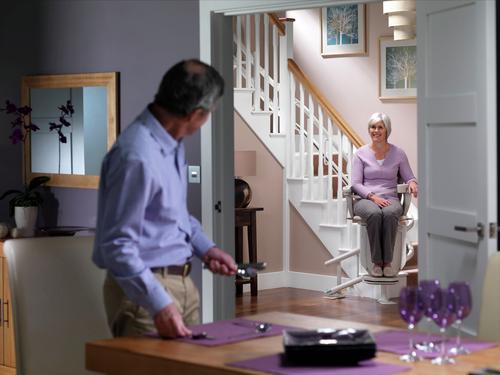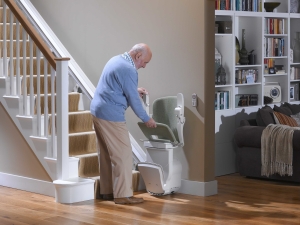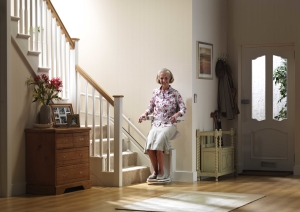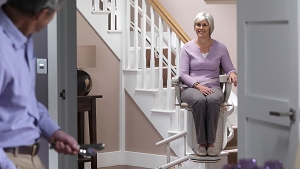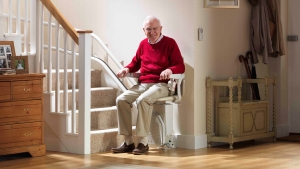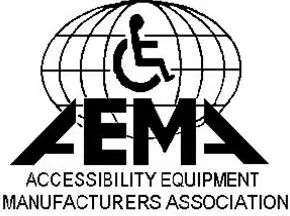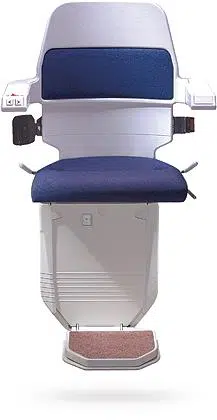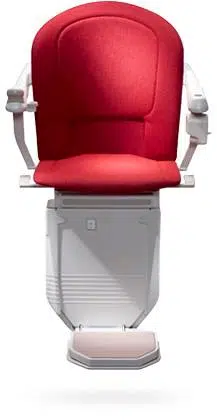Stairlift Tips For The Elderly And Disabled
Many elderly people face a difficult choice in their later years, as their ability to tackle the stairs in their houses becomes more difficult. Do they sell the houses they love and move into a bungalow or sheltered accommodation or do they convert their dining room to a bedroom and live downstairs, assuming they have a bathroom on the ground floor. Of course, there is a third option, which is to provide safe and secure access to their upstairs facilities by using installing a stairlift.
The purchase of a stairlift is quite a daunting prospect since it is something that you have probably never done before and will never do again. What should you look for in a stairlift and do you understand all of the options available and which ones are most important to you? There is also the cost factor, how much do you pay to get peace of mind and should you consider second-hand or reconditioned stairlifts.
Firstly, my recommendation is that whether you buy new or reconditioned that you go to a reputable supplier who can advise you on all of the issues, especially installation. If someone has passed away in you locality and their stairlift is for sale cheaply, it is tempting to buy it. However, remember that there are strict safety standards to adhere to, and that installation may not be straight forward. Just consider the tracking for a moment, is it a straight run, is it on the same side of the stairs, are the stairs the same dimensions, or is the tracking actually curved. With stairlifts you are not just buying a mobility product, you are also buying peace of mind. Make sure you deal with suppliers who have years of experience in advising customers and installing their products.
When considering actually what type of stairlift you require, most people opt for the seated version of the product although other types are available including a standing stairlift and one with a large platform to accommodate a wheelchair. For the rest of the article we will consider the most common type, the seated stairlift.
Seated Stairlift
These tend to be the most common type used in a domestic setting. The majority of users are able to walk, but find it difficult to negotiate the stairs. The person must be able to sit safely on the seat during transit and transfer on and off at the top and bottom of the stairs. A swivel seat and lift-up armrests will make transfers onto and off the seat easier.
The swivel seat can be manually or electrically operated. It is preferable that the user can transfer independently; however, in some situations it may be possible for the carer to carry out an assisted transfer in conjunction with a piece of small handling equipment. The ability of the carer to transfer the user at the top of the stairs should be very carefully considered and avoided if at all possible.
Seating Position
There is a choice of fixed seats, fold-down seats, perching seats and seats which slide forward to assist access in and out of the lift. Some companies will fix the seat at the most appropriate height for the user.


